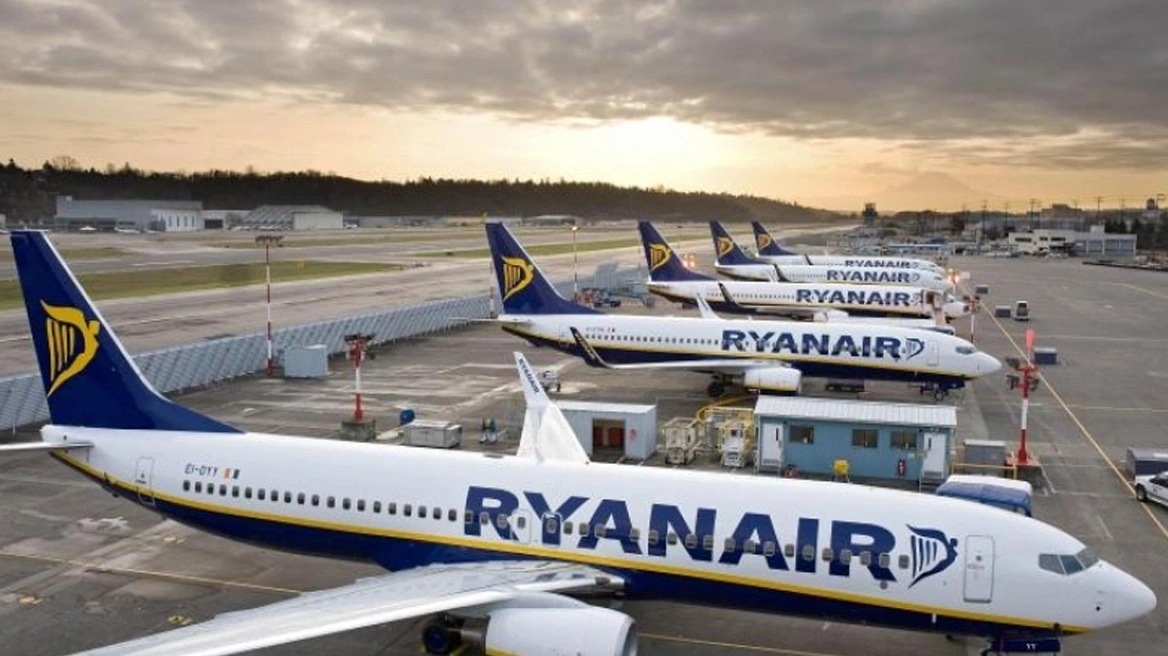The urgent need to address the acute problem of homelessness is driving the government’s decisions from September onwards. The primary goal is to free up homes from Airbnb and incentivize long-term rentals to help young couples struggling to find accommodation. Various scenarios are currently under consideration, with the aim of striking a balance that preserves the benefits of Airbnb for citizens and state revenue while treating those who operate multiple properties as entrepreneurs.
The Finance Ministry has presented multiple scenarios before finalizing a proposal for the Prime Minister. This proposal will include tax incentives for those offering long-term rentals. Initial plans to directly restrict short-term rentals have been postponed, with potential measures such as limiting operation days and capping permits per area being considered excessive. The provision in the Spatial Bill for Tourism, which bans Airbnb activity near hotels, is also viewed as too restrictive.
The economic team is leaning towards raising taxes on business-oriented short-term rentals while offering incentives for long-term rentals.
New information on the proposed interventions (announced by the Prime Minister) includes a “two-tier” taxation system differentiating between short-term and long-term rentals. This measure may be combined with tax deductions for traditional rentals, alongside stricter controls and penalties for Airbnb owners not complying with new business regulations.
One proposal under consideration is to reduce tax rates on income from long-term rentals while increasing rates on short-term rentals, possibly to 22%, the minimum business tax rate. Currently, rental income is taxed on a progressive scale: 15% for income up to €12,000, 35% for income from €12,001 to €35,000, and 45% for income above €35,001. Many property owners on platforms like Airbnb, Booking, and Expedia declare annual income below €12,000 to benefit from the lower 15% rate. The new plan suggests increasing the minimum rate for short-term rentals to 22% while maintaining or lowering the 15% rate for long-term rentals. Another option is to offer tax deductions for a portion of rent received from long-term leases.
Further measures may include:
- Allowing only one or two properties on a short-term lease per VAT number for individuals. Those operating more than two properties will be treated as business owners subject to VAT, insurance contributions, and business tax. Currently, owning three or more short-term rental properties classifies a property owner as a business.
- Limiting the lease duration of each property to 90 days per calendar year (60 days for islands with less than 10,000 inhabitants). Exceeding this limit will be allowed only if the total rental income does not exceed €12,000 annually. A combined scenario may impose higher tax rates for rentals exceeding a certain duration.
The Independent Authority for Public Revenue (AADE) is preparing to initiate a series of audits and cross-checks on tax returns from short-term rental property owners, comparing data from rental platforms to declared income. Advanced AI systems will ensure compliance by matching declared rental days and turnover with actual platform data. These audits will start once the 2023 tax filing process is complete and will include comparisons of bank account movements and other financial transactions.
Short-term rental statistics show a significant increase over the past five years. In 2019, there were 653,000 beds available nationwide, a number that has grown to 962,000 in 2023. Crete, the Cyclades, and the Ionian Islands have the highest number of short-term rental beds this summer, with substantial increases in both supply and prices since 2019. The average price for a rental has risen from €122 in 2019 to €191 in 2023, reflecting a 57% increase. The Dodecanese, particularly Rhodes, has seen a notable 67% increase in rental beds over five years, with tourism operators expecting arrivals to continue until mid-November.


The notable difference this year compared to previous seasons is that at the moment there is still availability for the hot season, August, while there is also increased demand for the autumn, supporting the view that there is an extension at both ends of the season.
The other day, a monthly study by analytics firm AirDNA (using data from short-term rental platforms Airbnb and VRBO) of the European short-term rental market recorded an 18% increase in demand for this summer between July and September compared to last year.
In the top 3 geographical regions with the largest number of beds this summer, Crete, Cyclades and Ionian Islands, with over 156,000 beds, as mentioned above, the increase over the five-year period ranges between 51% and 56%.
The difference here has to do with the Cyclades, which has the highest concentration of beds in terms of area and residents, while the two premium destinations, mainly Mykonos followed by Santorini, despite more offers this summer for accommodation even in August, still show signs of fatigue, as they did last year. The average price at short-term rental accommodation in the Cyclades at the start of this summer was 354 euros, the highest nationwide, having risen by 52% in five years.
Even greater, as in a percentage of more than 60%, is the rise in the average price in Crete and the Ionian Sea, reaching respectively this year at 200 euros from 125 euros in 2019 (+60%) for the first destination and even higher, at 218 euros, from 130 euros (+68%) for the Ionian Islands. Nationwide, the largest price increase in five years, 79%, which reflects the downward trend in tourism in Athens, have recorded the accommodation for short-term rentals in Attica, with an average price at the beginning of summer at 136 euros.
In terms of beds, the number of beds in Attica has increased in the five-year period 2019-2024 by 20%, just below 121,000. On the opposite side, the wider geographical area of Western Macedonia is the one with the lowest number of beds on offer, at around 2,300, but also the lowest average price, at 90 euros, with a single-digit growth rate of 8% over the past five years.
Ask me anything
Explore related questions





